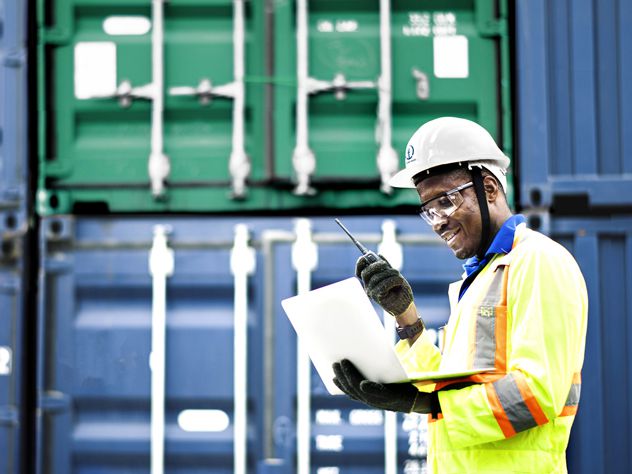To reach your customers, your products must cross international borders. This can be a complicated process, involving paperwork and legal declarations. To ensure that this process runs smoothly, classifying the correct tariff of your products becomes a critical part of your customs activity. In this guide, we explain the fundamentals of the customs classification system so that you can better understand this important process.
What is the Harmonised System, and why is it important?
The Harmonised System (HS) was developed by the World Customs Organisation as a multipurpose international product classification that describes all products that may be internationally traded. For commodities to successfully cross international borders, the correct HS code (also known as an HTS code) must be declared. This code determines the appropriate duty and tax rate payable on the item.
How does it work?
The HS Code system uses an internationally applied 6-digit number as the basis for local country classification. The HS consists of 5,300 article or product descriptions that appear as ‘headings’ and ‘subheadings’. In theory, all countries using the HS agreement should classify a certain product with the same HS section, chapter, heading and subheading; though in practice conflicts can arise.
Unfortunately, not all countries apply the same HS versions, or apply the rules in an identical manner. This uncertainty, as well as the increasing complexity of products, historic ruling decisions and a lack of expertise concerning the technical aspects of a given product, combine to create complex, inconsistent and risky classification rules which can be difficult to navigate.
Who is responsible for classifying goods?
As an importer or exporter, it is your legal responsibility to correctly classify the goods being shipped. Kuehne+Nagel then correctly declare that classification on your behalf to customs, acting in your name.
Why is HS classification such a risk area?
HS classifications are risky if you classify incorrectly, as you may be paying the wrong duty and tax on your products. This can result in a retrospective duty or tax bill for the back payment of all the goods you incorrectly classified. This can lead to substantial penalties and fines, and even cause your goods to be seized or destroyed.
An incorrect classification can also lead to overpayment of duty and tax, which has implications for your business’ cash flow. It is possible to make a retrospective claim for overpaid duties, but you must be able to fully back up your arguments for such a retrospective change and claim.
Tariff classification is a specialised skill that requires a broad knowledge base and experience. Not all importers or exporters necessarily have this expertise. At Kuehne+Nagel, we have been shipping goods worldwide for over 125 years. Correctly declaring goods to customs agencies is a key element of our services. Our customs and trade compliance teams around the world are experts at HS classification, and are ready to support you with advice on how best to classify your products.
Where can Kuehne+Nagel help you?
Our customs and trade compliance staff are up-to-date with all aspects of customs activity and are required to be able to demonstrate professional competence in these areas in support of Authorised Economic Operator (AEO) authorisations.
We can identify where there may be risk in your classification and optimise your classifications, taking advantage of available benefits - such as legitimate re-classification and reduced duty rates - and duty suspensions. To find out more about our HS Classification advisory services and our wide range of customs and trade compliance services, please contact us.










